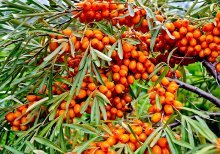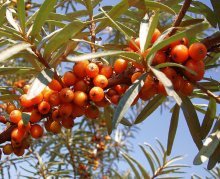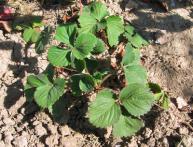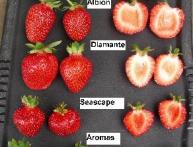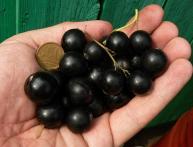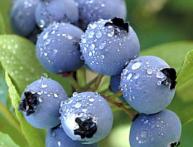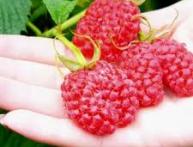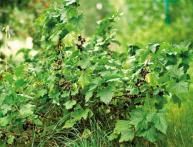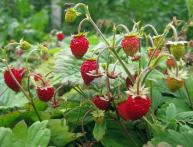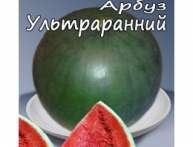Sea buckthorn: planting, care and benefits
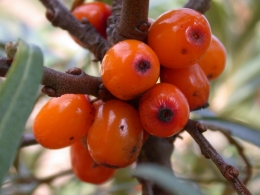
Not long ago, sea buckthorn had mostly negative reviews. The berry is sour and gets damaged when picked; in addition, the branches are thorny and it is not possible to remove the plant. Often such reviews are left by gardeners who have purchased seedlings wild sea buckthorn. But those gardeners who carefully selected a seedling and planted high-quality sea buckthorn do not make any complaints, but on the contrary, praise it and recommend it.
Content:
- Description of the species
- Features of buckthorn
- Features of cultivation: soil selection, planting, watering, fertilizer
- Benefits and applications in cooking and traditional medicine
Description of the species
Sea buckthorn belongs to the Lochnovaceae family. These can be either shrubs or trees, usually up to 3 meters high. The leaves of sea buckthorn are narrow in shape and long up to 7-16 cm, the color is green on the upper part of the leaf, and grayish-golden below, there are specks on the leaves.
The fruits of sea buckthorn are densely and densely located on the branch, slightly reminiscent of bunches of grapes. Thanks to this fact, it got its name. The color of the fruit is bright orange, the shape is round and elongated.
Features of buckthorn
Krushinovaya sea buckthorn has small features that should be taken into account when planting this plant. There are male and female genders among sea buckthorn trees. Plants need to be planted together, as they are dioecious and are pollinated by the wind. A male plant can be planted wild, but a female plant must be cultivated.
Of the male varieties, it is preferable to choose the Alley or Dear Friend variety. The sex is determined at the moment when the tree still has no leaves based on its buds. The male tree produces buds in any period except summer, but the female plant blooms and bears fruit in the summer. In addition, it is possible to distinguish the kidneys externally. Male buds are larger in size and have from 5 to 7 scales, female buds have 2 scales and are 2.5 times smaller.
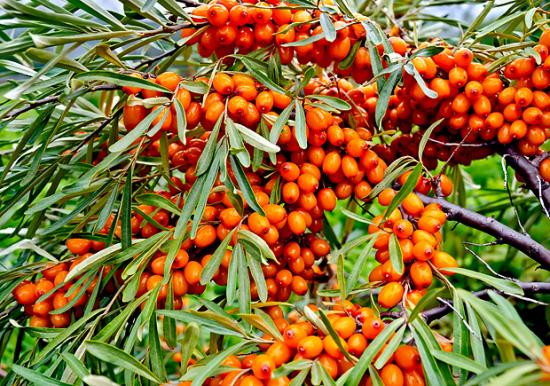
When choosing a sea buckthorn seedling, consider your region, since it is difficult for the plant to adapt and must be adapted to the given climatic conditions. Due to its short dormant period, sea buckthorn is bred specifically for each climate zone.
Features of cultivation: soil selection, planting, watering, fertilizer
Landing sea buckthorn is carried out in autumn or spring. However, despite the fact that it can be planted in the fall, sea buckthorn planted in the spring takes root better. This fact is influenced by changes in winter, since sea buckthorn planted in the fall has not had time to fully adapt and is capable of freezing.
The root system of the tree is large, long and has branches. The roots go deep to a depth of 50 centimeters. Due to this type of root system, sea buckthorn does not tolerate digging well, so try to plant it in a place where the plant will not be affected. When choosing soil, neutral, not heavy soil is best.
Video about sea buckthorn berries:
It is worth choosing a sunny place. It is worth fertilizing with organic fertilizers or mineral fertilizers in the fall. You can also prepare a mixture of fertilizers and add it to the hole before planting the plant. You can add 500 grams of wood ash to the hole on top of the tree roots.Planted in a hole with a diameter and depth of 50 centimeters. The root collar after planting should be located at ground level. After the tree is planted, the hole is watered and covered with soil.
Sea buckthorn care
After the tree is planted abundantly water it is not needed, only in case of severe drought. Sea buckthorn is trimmed in the spring, before buds appear. With the help of pruning, the crown of a tree is formed up to 5-6 years old, cutting off excess shoots.
After 7 years, it is necessary to do anti-aging pruning, in which old branches are cut out. Preventive pruning is carried out annually. Withered and damaged branches and shoots are pruned from the tree.
Use of sea buckthorn in medicine and cooking
The use of sea buckthorn in medicine is very diverse. It is taken orally for vitamin deficiency, stomach and duodenal ulcers, heart problems and blood diseases. Used externally for burns and bedsores. Sea buckthorn fruits can be used to make decoctions, oils, syrups, and tinctures.
Making sea buckthorn oil yourself is quite simple. You need to squeeze the juice out of the berries by hand, and the remaining pulp needs to be put into the oven at no higher than 90 °C. Berries that have undergone this treatment contain a large amount of oils.
Place the dried cake in a coffee grinder and grind. We fill one third of the total volume with refined sunflower oil and place it in a glass container, then close the lid tightly. Store the resulting mixture in a warm and dark place for 3-4 days, stirring more than twice a day. Then the oil should be squeezed out from the cake and the next portion should be added to it, and a new portion of oil should be added to the squeezed cake.
Three servings are usually enough to get sea buckthorn oil. There are no side effects, unless you are allergic to the active substance or to any other ingredient. But if you don’t want to make the oil yourself, you can buy it at the pharmacy.
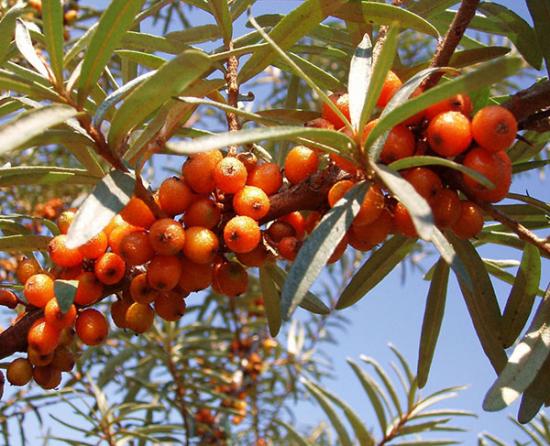
You can prepare several interesting dishes and drinks with sea buckthorn. The most popular are sea buckthorn mousse, sea buckthorn honey, milk drink and much more. Sea buckthorn mousse is prepared in this way: bring 2 tbsp of sea buckthorn juice with pulp to a boil, add 40 g of semolina and stir for 10 minutes. Then you need to cool to 40 degrees, beat and pour into molds.
Sea buckthorn jam. You need to take 200 g of walnuts (chop them first) and boil them for about 20 minutes in sugar syrup (syrup composition: 1.5 kg of sugar per two glasses of water), wait until it cools to 80 degrees. Add one kilogram to the resulting syrup sea buckthorn, then bring to a boil, then cook over low heat until tender. Your jam should be stored in sterile jars.

